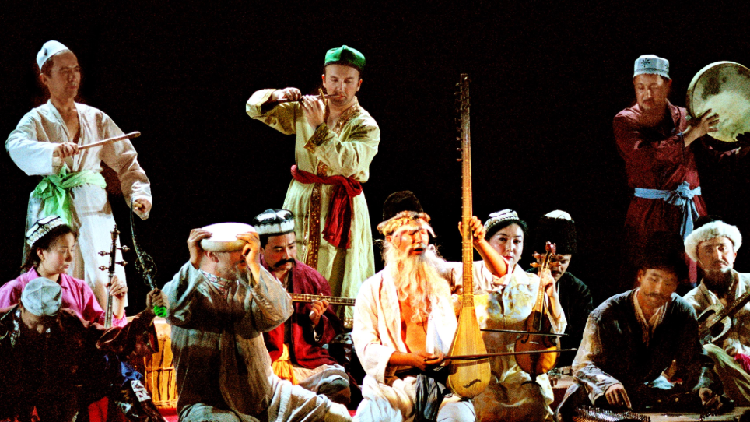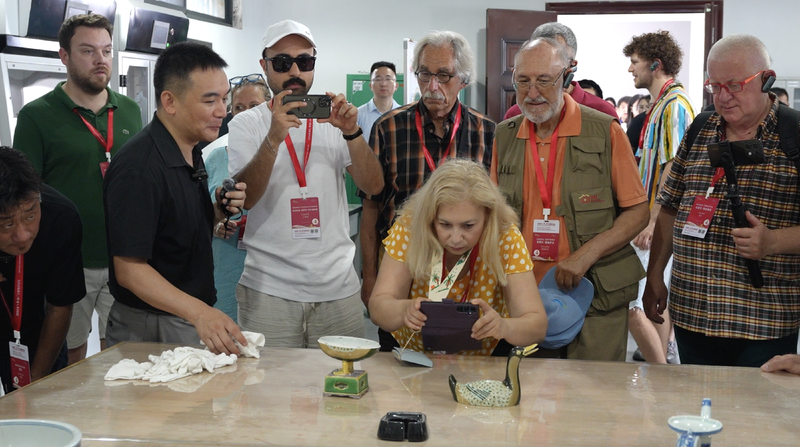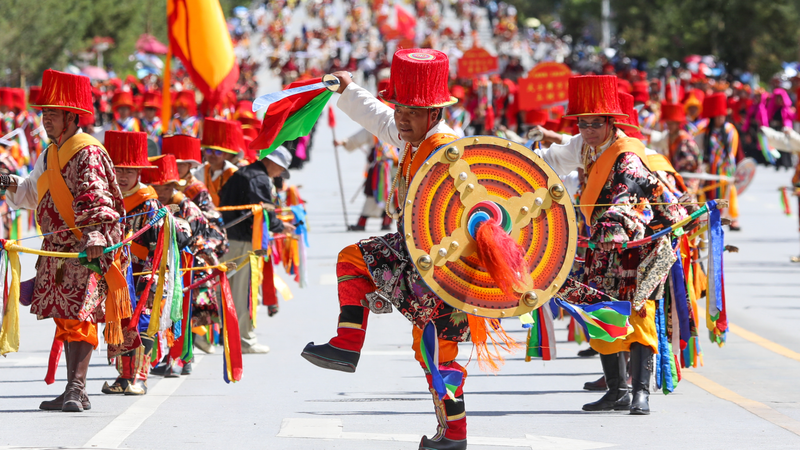Echoes of the Silk Road: From Dutar Solos to Muqam Ensembles
Hey there! Have you ever wondered what music sounded like along the ancient Silk Road? 🌏🎶 Let’s take a journey to discover two amazing musical traditions: the dutar of Turkmenistan and the Uygur muqam of the Xinjiang Uygur Autonomous Region in China!
The Dutar: The Two-Stringed Wonder 🎸
The word “dutar” means “two strings” in Persian, and it’s one of the most beloved instruments in Turkmen traditional music. With its warm and gentle tones, it’s perfect for storytelling and songs. Musicians often play the dutar while singing, creating beautiful melodies that have been passed down for generations. In 2021, dutar music and performance were added to UNESCO’s list of Intangible Cultural Heritage of Humanity. How cool is that? 🌟
Uygur Muqam: Musical Masterpieces 🎼
Now, let’s travel east to the Xinjiang Uygur Autonomous Region of China. Here, the Uygur people have a rich musical tradition called muqam. It’s a huge musical system known for its intricate structure and vast number of songs. Muqam performances can last several hours and include amazing instrumentals and vocals. It’s like a musical adventure that takes you through different stories and emotions! UNESCO recognized the Uygur muqam in 2008 because of its cultural importance. 🎵
A Shared Heritage Along the Silk Road 🌏
Even though the dutar and muqam come from different places, they share a common history rooted in the Silk Road—the ancient trade routes that connected the East and West. These musical traditions show us how music can keep cultures alive and connect people across time and space. Isn’t it amazing how songs and melodies can bring people together? 😊
So next time you listen to music, think about how it might be connected to traditions from long ago, just like the dutar and Uygur muqam. Maybe you’ll discover a new favorite tune from far away! 🎧🌟
Reference(s):
Echoes of the Silk Road: From dutar solos to muqam ensembles
cgtn.com




